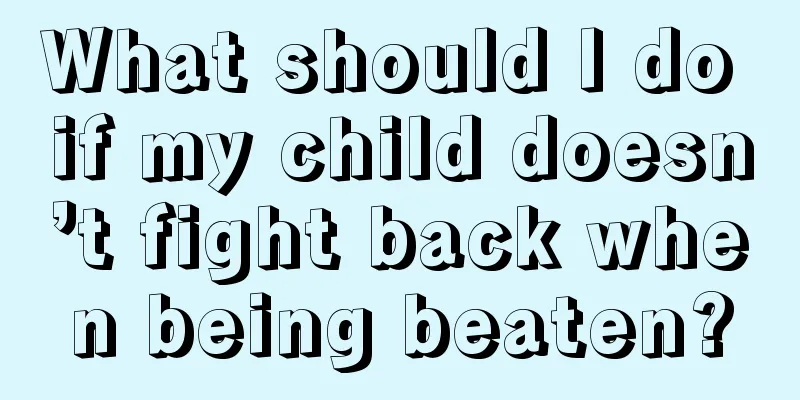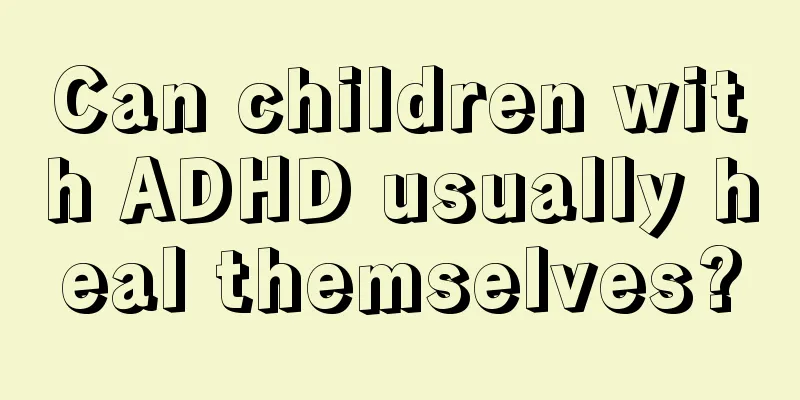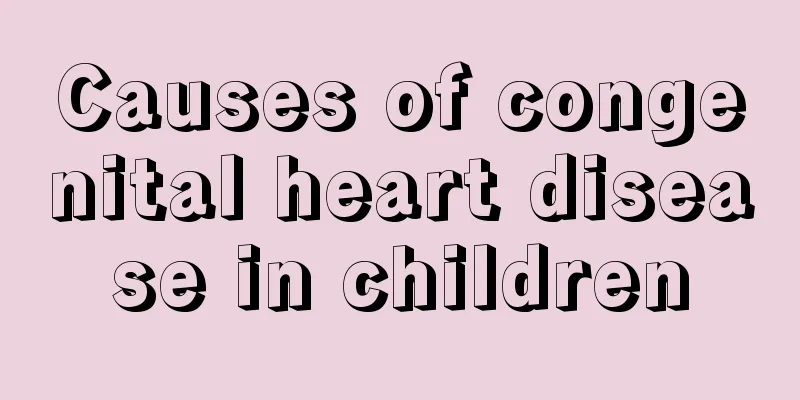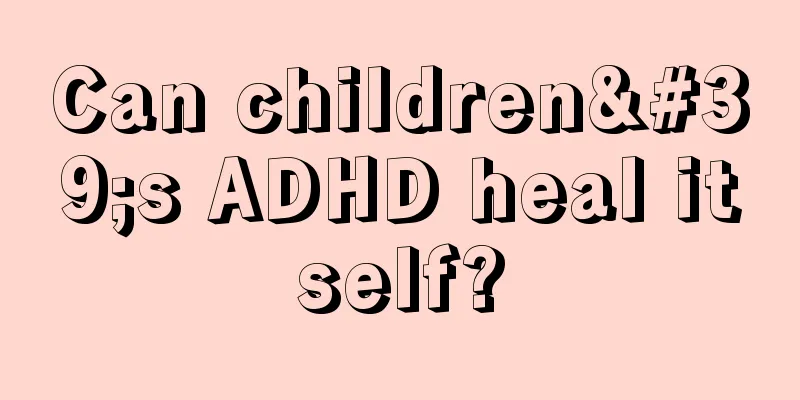How to treat bladder stones in children
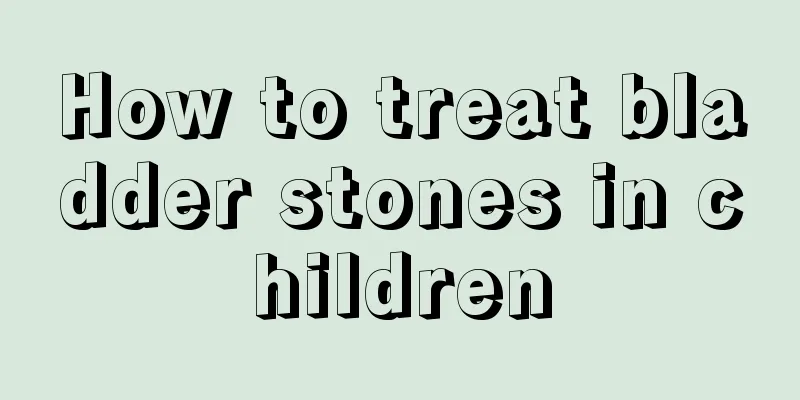
|
At present, people's health awareness is gradually improving, especially towards their children. Because children are relatively young and have weaker resistance, parents should naturally give their children more love. Bladder stones are a very serious disease, and the incidence rate has been increasing in recent years, which has brought great hidden dangers to people's health. So how to treat bladder stones in children? The principle of treatment for bladder stones is to remove the stones and correct the cause of the stones. Severe bladder infections are treated with antibiotics. Small stones can be discharged through the urethra on their own, while larger stones that cannot be discharged on their own can be treated with intravesical lithotripsy. The methods of lithotripsy include extracorporeal shock wave lithotripsy, electrohydraulic lithotripsy, ultrasonic lithotripsy and lithotripsy with lithotripsy forceps. For patients with larger stones and no lithotripsy equipment, suprapubic cystolithotomy can be performed. For patients with bladder infection, the inflammation should be actively treated at the same time. There are many treatments for bladder stones, but they can be roughly divided into two categories: surgical stone removal and non-surgical lithotripsy. Among them, surgical stone removal is the traditional suprapubic cystolithotomy, and the other type of non-surgical lithotripsy can be divided into cystoscopic mechanical lithotripsy (forceps lithotripsy), electrohydraulic lithotripsy, ultrasonic lithotripsy, ballistic pneumatic lithotripsy, etc. There are four main methods: 1. Extracorporeal shock wave lithotripsy (ESWL) bladder lithotripsy method After the patient empties his bladder, 100 ml of normal saline is injected into it. If the bladder cannot be completely emptied, some urine can be retained and the patient can lie prone. After lithotripsy, the fixation device can be removed. Allow the patient to move left and right and observe the crushing process. The crushed stone particles should be less than 0.5 cm. Three days after surgery, 20 mg of furosemide was injected intramuscularly twice a day, the patient's water intake was increased, and oral antibiotics were taken for 1 week. 2. Cystoscopic lithotripsy After successful sacral anesthesia, the patient is in the lithotomy position, 5 ml of paraffin oil is injected into the urethra, and the stones are crushed with 24F powerful bladder lithotripsy forceps under direct vision. The operation is repeated until the broken stones can be completely flushed out with a flusher. 3. Cystoscopic electrohydraulic lithotripsy The method is the same as that of lithotripsy with forceps, except that the electrode should be kept at least 2 cm away from the cystoscope and less than 0.5 cm away from the stone. This can effectively crush the lithotripsy while avoiding damage to the cystoscope. To sum up, the question of how to treat bladder stones in children has been answered in detail by my sister. If you still have any questions, you should ask your doctor. Children must be cared for with care, but they should also be allowed to suffer a little. They should also be allowed to exercise and combine work and rest. |
<<: What are the symptoms of vesicular conjunctivitis in children?
>>: How to treat chronic pharyngitis in children effectively
Recommend
How to deal with the rebellious period of a 2-year-old
In fact, the rebellious period is a very troubles...
What to do if you have cough after having roseola in infantum?
The physical health of young children is easily a...
How old does a baby start to smile?
How old does a baby have to be before he or she c...
What can children eat to grow taller?
How tall a child can grow has a lot to do with th...
What should I do if my child has thrombocytopenia?
What causes thrombocytopenia? Thrombocytopenia ca...
Is it normal for a five-year-old to start losing teeth?
Generally, children start to change their teeth a...
What is the cause of the red spots on the child's feet?
After a child is born, the little feet are very t...
What to do if your child has low blood sugar
Children are more likely to get sick because of t...
Can children eat red dates when they have a cough?
Children are relatively weak and are prone to cou...
What are the symptoms of chronic bronchitis in children?
In life, many children suffer from bronchitis, wh...
Can a two-month-old baby lick fruit?
We all know that two-month-old babies are general...
5-year-old baby has white spots on his face
If a five-year-old baby has white spots on his fa...
Children have cold hands and feet
We all know that when babies are young, they are ...
Technology cooling ice pack children's physical fever reduction method
Nowadays, parents pay attention to their children...
Fried rice can cure baby's diarrhea
We all know that babies often have diarrhea when ...

